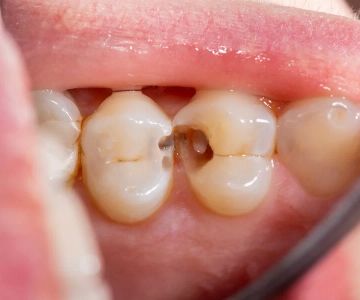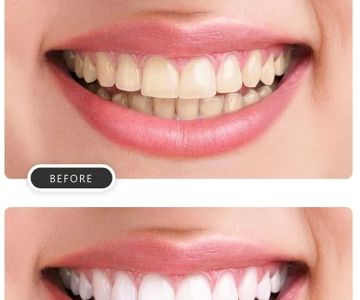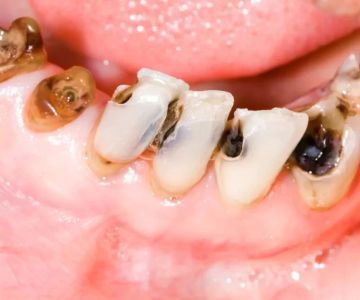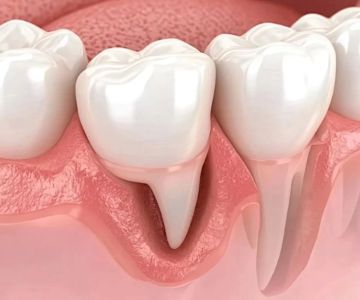
Comprehensive Guide to Tooth Alignment: How to Achieve Perfectly Straight Teeth
- 1. Understanding Tooth Alignment
- 2. Why Is Tooth Alignment Important?
- 3. Methods of Tooth Alignment
- 4. Braces vs Invisalign: Which Is Right for You?
- 5. Common Tooth Alignment Issues
- 6. Real-Life Success Stories
- 7. Tips for Maintaining Your Alignment
- 8. How to Get Started with Tooth Alignment Treatment
1. Understanding Tooth Alignment
Tooth alignment refers to the proper positioning of your teeth, which can affect both your smile and oral health. A well-aligned set of teeth enhances your appearance, boosts self-confidence, and improves the function of your bite. Achieving proper alignment can prevent numerous dental problems, including uneven wear, gum disease, and speech difficulties.
2. Why Is Tooth Alignment Important?
Good tooth alignment goes beyond aesthetics. It is crucial for oral health and overall well-being. Misaligned teeth can cause discomfort, make oral hygiene difficult, and lead to jaw pain or headaches. Proper alignment can help you avoid these issues and improve your quality of life.
3. Methods of Tooth Alignment
There are various methods available for correcting tooth alignment. The most common treatments include:
- Braces: Traditional braces are a reliable option for realigning teeth over time, using metal brackets and wires.
- Invisalign: For those who prefer a more discreet option, Invisalign offers clear aligners that gradually shift teeth into place.
- Retainers: After braces or Invisalign, retainers help maintain the new alignment.
4. Braces vs Invisalign: Which Is Right for You?
Both braces and Invisalign are effective for correcting misaligned teeth, but the best option for you depends on your specific needs and preferences. Braces are more noticeable but offer a wider range of treatment options for severe misalignments. Invisalign is virtually invisible and may be more comfortable, but it requires greater discipline for success. Consulting with a dentist or orthodontist can help you make the best choice for your situation.
5. Common Tooth Alignment Issues
Some common tooth alignment problems include:
- Overbite: When the upper teeth protrude too far over the lower teeth.
- Underbite: When the lower teeth extend beyond the upper teeth.
- Crowding: When there isn't enough space for teeth to align properly.
- Spacing: When there are gaps between the teeth.
Each of these issues can be addressed with the right orthodontic treatment.
6. Real-Life Success Stories
Many people have achieved life-changing results with tooth alignment treatments. Take, for example, Sarah, who struggled with a severe overbite for years. After undergoing orthodontic treatment with braces, her smile was transformed, and she no longer experienced jaw pain or discomfort while eating. Stories like Sarah's are not uncommon, as tooth alignment can provide both cosmetic and health benefits.
7. Tips for Maintaining Your Alignment
Once your teeth are aligned, maintaining that perfect smile is important. Here are some tips to help you:
- Wear your retainer as instructed by your orthodontist.
- Practice good oral hygiene by brushing and flossing regularly.
- Avoid eating sticky or hard foods that can damage your alignment.
- Attend follow-up appointments to ensure your teeth remain properly aligned.
8. How to Get Started with Tooth Alignment Treatment
If you're considering tooth alignment treatment, the first step is scheduling a consultation with an experienced orthodontist. They will evaluate your dental health and help you determine the best course of action based on your specific needs. Whether you're interested in braces or Invisalign, the right treatment can help you achieve the smile you've always wanted.
For more information on tooth alignment options, visit Dentistry Toothtruth and explore our range of orthodontic treatments that can transform your smile today!







 University of the Pacific, Arthur A. Dugoni School of Dentistry
University of the Pacific, Arthur A. Dugoni School of Dentistry Central Pennsylvania Endodontics, LLC
Central Pennsylvania Endodontics, LLC Sage Dental of Windermere
Sage Dental of Windermere Dr. Maria Regina M. Tan, DDS
Dr. Maria Regina M. Tan, DDS Icon Dental
Icon Dental Dental Solutions of Voorhees
Dental Solutions of Voorhees The Importance of Oral Health Education During Pregnancy for a Healthy Pregnancy
The Importance of Oral Health Education During Pregnancy for a Healthy Pregnancy Why Skipping Dental Checkups Can Lead to Bigger Oral Health Problems
Why Skipping Dental Checkups Can Lead to Bigger Oral Health Problems Advantages of Porcelain Dental Restorations
Advantages of Porcelain Dental Restorations Best Tips for Brushing Your Teeth Properly for Healthy Gums: Essential Techniques for Oral Health
Best Tips for Brushing Your Teeth Properly for Healthy Gums: Essential Techniques for Oral Health How Can Diabetes Cause Tooth and Gum Problems? Preventing and Managing Oral Health Issues
How Can Diabetes Cause Tooth and Gum Problems? Preventing and Managing Oral Health Issues Healthy Habits for Promoting Good Oral Health and Hygiene: Tips for a Healthy Smile
Healthy Habits for Promoting Good Oral Health and Hygiene: Tips for a Healthy Smile